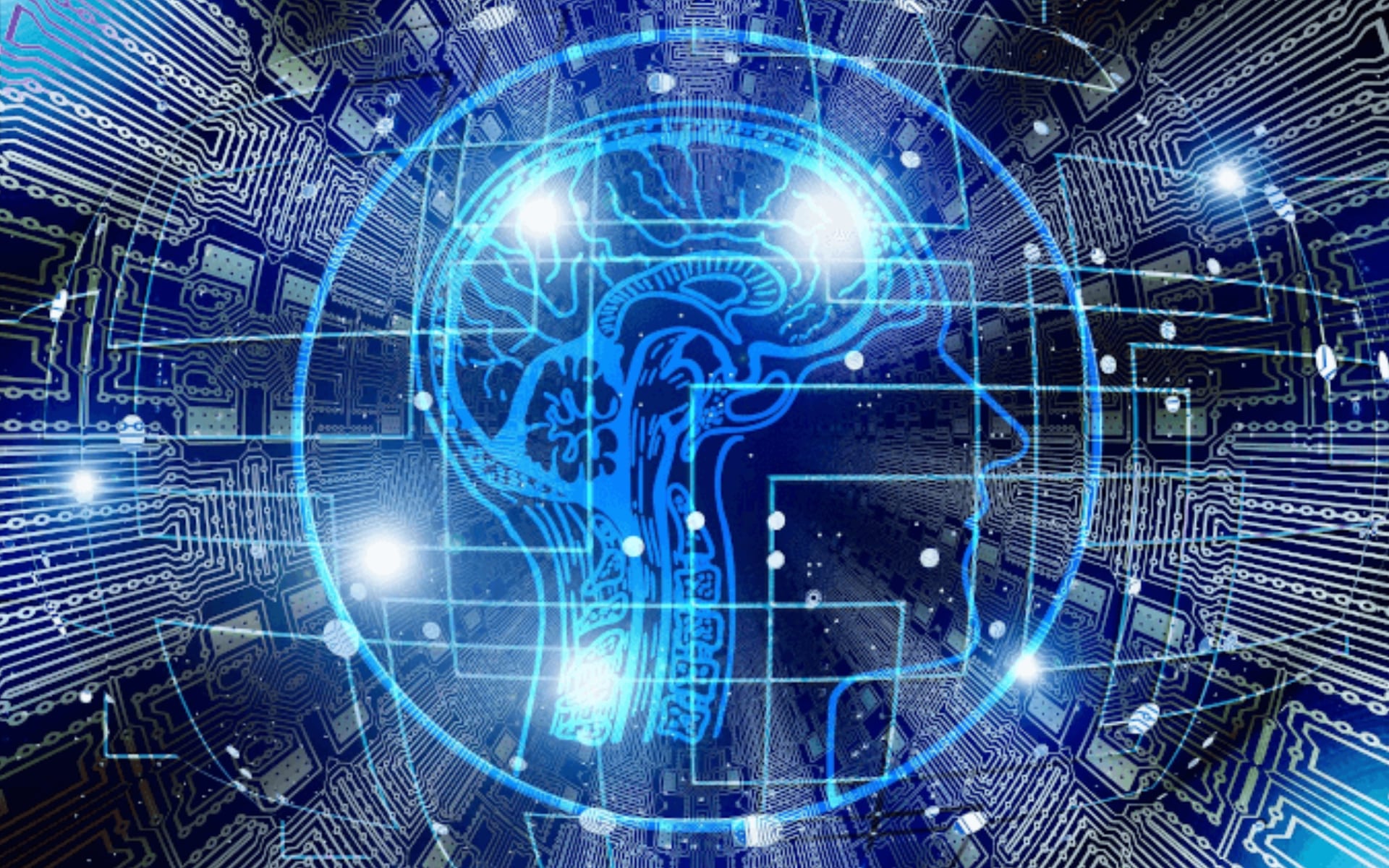Episode 40
Machine Learning (ML) and Artificial Intelligence (AI) systems are growing in capacity at a dizzying pace. The speed of artificial intelligence computation doubles every three months! The time required to train a network for supervised image recognition fell from three hours in October 2017 to about 88 seconds in July 2019. Pure computational power is only one element in this equation, the efficiency in training is also improving at an exponential rate. It has been estimated that algorithmic efficiency doubles every 16 months. The three core inputs for ML performance are computation, algorithm efficiency, and data. Data has been doubling every 2 years! McKinsey Digital estimates that 127 devices hook up to the internet every second. Is your head spinning yet?

Business applications encode user logic and judgement to streamline or automate processes that would have otherwise been done manually. Most administrative workflows are in a structure that resembles “if this then that”. If a customer places an order, then create a pick sheet for the warehouse, create ledger entries for accounting, and notify purchasing for replenishment. Under ideal circumstances, simple business rules can cover most situations, however, the value that a human provides is the ability to reason over the exceptions. What if the customer returns the product with missing pieces? What if there is a warranty claim? What to do if our supplier has put our latest replenishment request on backorder? These exceptions can be encapsulated into a business application, however creating solutions for every exception using the “if this then that” logic will accumulate to a point where the cost to maintain a system will outweigh the benefit. Where ML and AI is different is that these tools can reason over environments and datasets beyond human comprehension or capacity, for instance navigation planning and route recommendations. ML and AI systems have revolutionized our ability to reason over complex systems, but the real game changer is that these systems are exponentially improving in areas that are distinctly human: vision and language.
For a machine to replicate a task, the logic either needs to be hard coded by experts or learned through various training techniques. For tasks beyond current human capacity, any improvement beyond the current state of practice is a win. With the exponential pace of development, once parity is reached, the performance is surpassed by an order of magnitude in only a few years. The time gap between a machine beating the best chess player (1997) and beating the best Go player (2017) was almost 20 years. Since Ke Jie’s defeat at Go, the same research team have moved orders of magnitude beyond the threshold to beat a world class Go player, and regularly smash humans at other competitive games. What does this all mean to us non-academic types? We are reaching a state where ML and AI are getting close to parity in vision and language tasks that humans take for granted. This will have a massive impact on the systems that currently encode the business processes we use as ML and AI solutions will not only be able to handle the standard “if this then that” logic that is currently in place, but also learn to handle the exceptions that humans are required for. Since development improves exponentially, reaching parity may feel like a long way away, until it is not, and then in a short window of time, the talents of a ML and AI system will far exceed anything currently in place.

Running from September 22nd to 24th, 2020, Microsoft hosted its annual Ignite Conference showcasing the vision, direction, and development plans for all the products and services within its ecosystem. One thing that stood out for me this year was that nearly every talk had mentioned AI in some capacity. If one were to play a drinking game for every time ML or AI was mentioned, it would have been one crazy three-day bender. What I have seen in the last 3 years is that these tools have moved from a research curiosity, to a narrow scope solution, to invisible and ubiquitous in shortening intervals. Technology demos are preview features in a few months, then deployed as a full feature or service in a year. With progress moving at an exponential pace, small improvements in capability can have a massive impact. Further the impact gets multiplied by combinatorial effects as separate solutions are merged in innovative ways to further provide value. For instance, a chat bot capable of natural language processing of either a text or voice conversation is an amazing accomplishment, however, alone it is not very useful, but when paired with a recommendation engine the possibilities are endless. Whether helping a customer design their dream kitchen, or provide health advice, the combination of two narrow solutions offers a greatly expanded set of possibilities. It is only a matter of time before your face can be used for the leading role of the next Black Mirror season (or really any of your favorite video media).
If the exponential development of ML and AI systems feels overwhelming to you, that feeling is not wrong. Keeping up is increasingly difficult, however, this brave new world is a place we all find ourselves in. Many tools are being built without the full understanding of the total future capacity to provide value. This means as ML and AI solutions continue exploding in capacity and those curious to explore the possibilities are welcomed to an exponentially expanding space of opportunity.
Last Updated: June 25, 2025



